You’ve seen it firsthand—policies, procedures, and processes impact both operations and organizational liability. It comes down to access control, and there are three important types: access for employees, access for you, and access for stakeholders.
Learn more about how you can manage these three types of access.
Can your employees easily access documents when it matters most?
Easy access means anytime, anywhere. Whether at their workstation, in their squad car, or with a patient, your employees need access to important documents. Access protects your most valuable asset—your employees—and it protects your organization from liability.
We’d recommend finding a solution with a mobile app so your workforce can access documents from any device. Here are some features your mobile app should include:
- Compatibility with Android and IOS
- Real-time notifications
- Powerful search
- E-signing
- Document security
- Document administration
If you’re still relying on paper or mixed media to manage documents, then access is probably limited. Why?
- Internal shared drives aren’t accessible remotely
- Email wasn’t designed for file storage or management
- In a pinch, binders can take too long to sift through
Even some document or file management solutions like Dropbox, Google Drive, and Box are limited. They may provide remote access, but how reliable and organized is the filing system? How powerful is the search functionality? These solutions may be enough for employees, but they lack key functionality for policy and accreditation management.
Can you easily access active and archived documents?
For you and your responsibilities, access means having an organized, automated system for managing documents.
Does a single, published version of each policy exist, or are multiple versions floating between departments? See the previous section on version control for more info on this.
If a lawsuit lands at your front door, can you access archived documents along with who viewed it, signed it, and received related training?
Policy management software doesn’t just make your work life easier. It protects your organization from the unknown.
Take COVID-19 as an example. Very few companies had a business continuity plan in place, so they had to react. On the fly, they had to figure out how to update critical policies (i.e. work from home, sick leave, return to work, hygiene), as well as how to communicate and track these policy updates with a remote workforce.
Can you assign different levels of access to stakeholders?
New and updated documents often require review and approval from both internal and external stakeholders. When granting access to these people, especially those outside the organization, you need to be able to assign different levels of access. See the previous section on workflows for more information.
But this type of access extends beyond workflows. With the right tool, you can create any number of custom groups for your employees and key stakeholders, assigning different rights like View Only, Audit, and Edit. These levels of access are defined by your site administrator, whether that’s you or someone else.




